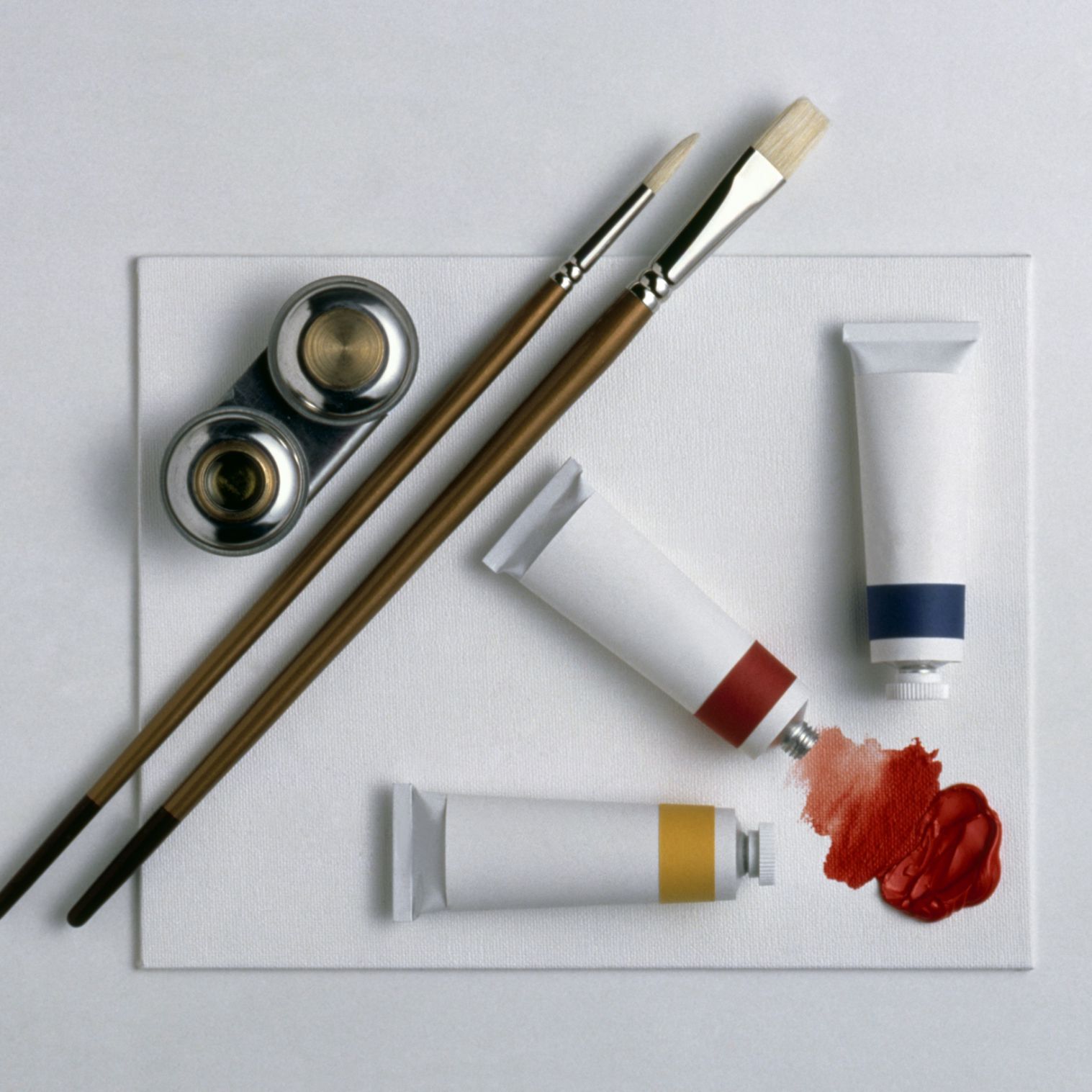Talk The Talk At Pinot’s Palette

Our artists pride themselves on their ability to not only know all about art, but to be able to relay the info to our customers, espcially first-time painters.
They’ll walk you through the steps of the painting, detailing how to use your materials to create a painting just like the originial (*Feel free to go rouge and paint in your own style though!).
Though it’s not necessary to know all things ‘Paint” before attending a class, we’ve listed some of the most-common terms you’ll hear when you join a class!
Here’s Some Pinot’s Lingo:
--- Acrylics ---
Acrylics are the paint of choice for our classes. These plastic-based paints are perfect for bright colors that dry fast, are easy to fix if a "mistake" happens, and are waterproof!
**What are they?
Pigments dispersed with acrylic resin (synthetic resins made by polymerization of acrylic acid esters). A medium for painting introduced during the early 1960s. Acrylic painting offers considerable freedom to the artist. Almost any support can be used, and only needs a single coat of acrylic primer. The colours can be put on with an impasto of upwards of 12.5 mm without danger of flaking or cracking. The acrylics can be diluted with water to simulate wash work. They dry out quickly and may be varnished or not as desired.
--- Blending ---
You are VERY likely to hear this term (*and do it yourself) when you take a class with pinots... especially if you are painting a landscape. We blend colors for the sky (and other backgrounds) a lot of the time. It's much easier than you think and always makes the painting look really professional and lovely.
What is 'Blending'?
A term concerned mostly with oils, acrylics or alkyds. It implies the softening of hard edges between colours, and the artist would be likely to use a fan brush or the tip of a finger.
--- Diluent ---
Any liquid that will dilute or thin a substance, as opposed to dissolving it. You will likely hear this when you are doing anything that involves thin lines, like tree branches. We will have you stir some drops of water into your paint to thin it out, making it more like an ink-like consistency; You will be able to draw more fluidly (without having to constantly refill your brush with paint), AND you will be able to draw thinner lines, a task that is often tricky for first-time painters!
--- Dry brush ---
The brush should be loaded with the minimum amount color and then lightly dragged over the surface of the canvas or paper. This add a light and soft touch of color to the painting. Looks great for clouds, smoke or fog, and any other areas that you want to have color but not much hue or shape to it.
--- Easel ---
A wooden or metal stand for holding a canvas, a panel or a drawing-board. It may range from a small, light, tripod sketching-easel up to a large studio easel which will take canvases up to 12ft (3'65 m) high and which can be raised, lowered and canted by worm-gears and winding handles or wheels.
At Pinot's Palette, we use small easels for resting on the table; These allow the will allow the canvas to be almost vertical or gently sloping as you sit and relax at the table!
--- Medium ---
The method in which an artist works; oil-painting, gouache, pastel, pen and ink, etching, collage, sculpture, etc., are all media for his expression. In another sense medium may be used to describe an additive to the colors when painting, linseed to oil-paints, egg yolk to tempera, gum to water-color.
Acrylic is our 'Medium; of choice at Pinot's Palette.
--- Palette ---
Essential for color-painting, an artist's palette refers to the instrument the artist mixes his or her paints on.
While we use standard disposable plates at the studio, there are re-useable ones that you can buy for your artwork at home.
You will receive a palette with the colors for the painting AND one for mixing colors! They are the perfect size and easy to use.
--- Silhouette --
Silhouette, an image or design in a single hue and tone, most usually the popular 18th- and 19th-century cut or painted profile portraits done in black on white or the reverse. Silhouette also is any outline or sharp shadow of an object.
Most-commonly in our painting classes, you will hear the word, 'Silhouette', used for trees and other landscape images (such as palm trees in front of a brightly-colored sky).
--- Wash ---
You will most-likely hear this term when we are working with the background or first stop of the painting. It's a nice way to add a kiss of color onto the canvas without using the acrylics at their most-common thick and bold hue....
You may also be creating a painting with drips, which are always guaranteed to add a fun and interesting accent into your masterpieces!
*How Does it Work?
The application of dilute water-colour to a support. The paper on the board should be at a slope of about ten degrees. Plenty of colour should be mixed up in a bowl and a large mop brush used. Start at the top and continue with horizontal strokes only just touching the paper. While the colour is still wet it may be bled into or wiped or mopped out with a dry brush, blotting-paper or a piece of rag.
We hope to see you soon, whether it’s for a private event or a public class! Have a great time planning the wedding and surrounding events, and remember to keep Pinot’s Palette in mind for your next, big event! If you live in or around the Pierce County & Puyallup area, we’re the perfect spot for you!

